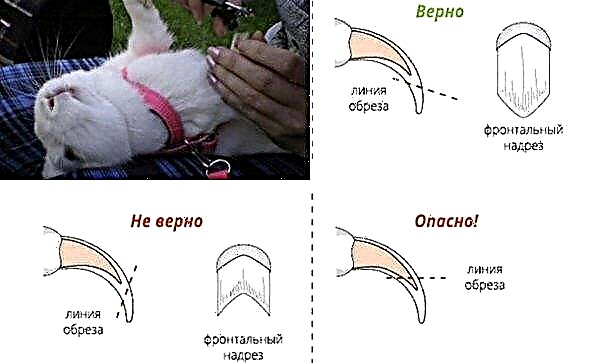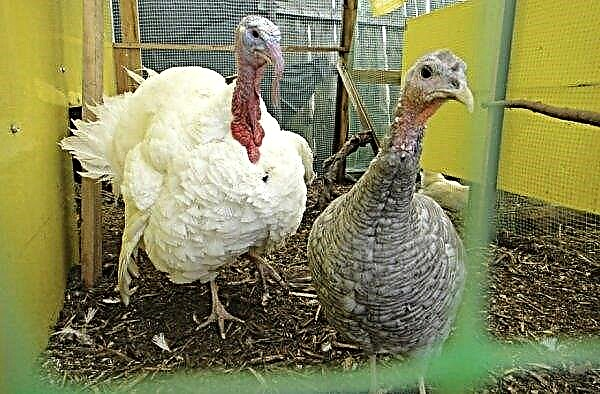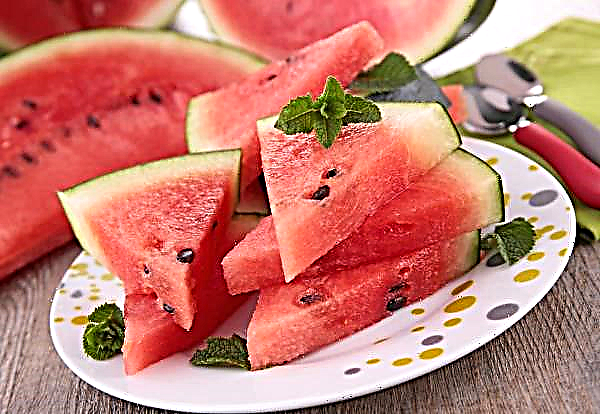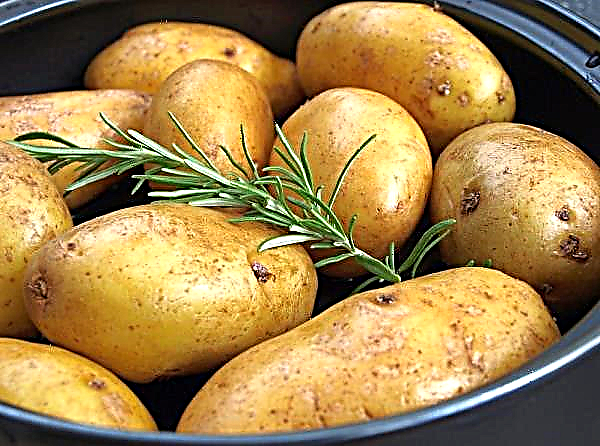Gladiolus or fennel as an ornamental plant is popular all over the world. It is grown for decorating parks, alleys, summer cottages, household plots, garden plots, as well as for cutting. With proper planting and care, you can achieve magnificent and beautiful flowering. How to reproduce this crop is described in the article.
Methods of propagation of gladioli
Gladioli can be propagated by two methods:
- seed;
- vegetative.
The seed method is used infrequently and exclusively by breeders in order to obtain new varieties. At home, this method is not practiced because of the troubles and duration. Gardeners and flower growers most often resort to dividing gladiolus corms or planting tubers. To obtain young plants, breaking of the apical bud is used. The basis of all these methods is the property of sleeping plant buds to start growing, if the apical growth is disturbed.

Tuber buds
Using this method, you can quickly multiply and rejuvenate gladioli. Tuber buds appear after flowering. Depending on the variety, plants can form a different number of children.
Did you know? People began to cultivate gladioli about 300 years ago BC. e., however, at first they did this in order to prepare remedies and cakes, cakes from bulbs. As decorative plants, they began to be used only in the 19th century.
It should be noted that some varietal specimens are reluctant to form children. In order to stimulate this process, it is necessary to divide the corms into parts and plant them upside down. Another way to activate the process of kidney formation is to cut the flower stalk before the end of flowering.

Plants grown from tuber buds are characterized by strong immunity, plasticity, and quick adaptation to growth under new conditions.
The process of reproduction by children and measures for caring for plants grown in this way are described in more detail in a separate section below.
Division of corms
This is the most common breeding method. Two and three year old bulbs are suitable for him. The corms must be removed from the ground, cleaned of dirt and divided with a sharp, pre-disinfected knife. The number of such parts will depend on the size of the material for propagation. Usually we get 2–4 divisions. Each of them should have a living kidney and part of the base with root tubercles.
Important! Knife disinfection should be carried out every time before dividing the bulb, otherwise pathogens can be transferred from the patient to healthy material.
In order to prevent the development of a fungal infection, the places of cuts must be treated by dusting with charcoal or greasing with brilliant green. Before planting, the dividers must be dried for 24 hours and planted in the ground. If everything is done correctly, then a full corm will form in the fall. When dividing tubers into 2 parts, it is possible to obtain plants that bloom simultaneously with undivided flowers.

Breaking out the apical kidney
The vegetative methods of reproduction include breaking the apical kidney. After this procedure, activation of sleeping kidneys occurs. As a result, lateral shoots are formed with different powers. Corms of the second or third parsing also occur.

How to propagate gladiolus in children
To obtain healthy plants that will bloom profusely, reproduction should be carried out, following the recommendations. Before planting, the tuber buds require preparation. In the future, they need to be properly planted. Growing success is impossible without quality care.
Sowing preparation
Since the planting of tubers is carried out in the spring, and the collection is carried out after flowering - in the summer or in the fall, then in winter they must be sent for storage. You can only store well-dried planting material. The recommended drying time in natural conditions is 2-3 weeks.
Video: Winter storage of gladioli
Ready for storage planting material is discarded, getting rid of rotten copies. If small foci of rot are found, they are cut out, treated with brilliant green and dried. Healthy babies are placed in wooden crates for 30-40 days for drying out. From above they need to be covered with a newspaper that will absorb moisture. Periodically, it needs to be changed to dry.
After this procedure, each bulb is wrapped in newsprint and placed until the end of winter in a cool place or on the bottom shelf of the refrigerator. Under these conditions, children can be stored for two to three years. Even after such a long period, they will be able to germinate and give new plants.
In the spring, before planting, the bulbs are removed from the storage location and cleaned of scales.. If they are highly dried, then they must be kept for 24 hours in water heated to a temperature of + 30 ° С.
Important! You can not withstand tubers longer than two days in the water. This will significantly reduce their germination.
Planting and care
Prepared bulbs are planted for germination in a container filled with nutrient soil. It is placed in a well-lit and warmed place, at a temperature of + 18 ... + 25 ° С. As the top soil layer dries up, it is moistened with standing water of warm temperature. Sprouts should be expected after 2-3 weeks.

After the young plants get stronger, they are planted in open ground. The site must first be fertilized with humus. Plantings must be well moistened and mulched with a layer of peat.
In the future, young plants will need regular watering, cultivation, mulching, nitrogen and potassium fertilizing. To form full-fledged tubers, it is worth cutting peduncles. In autumn, the bulbs should be removed from the soil, dried, and stored. They are returned to the site in the spring, when the air and earth warm up.
Did you know? The famous Roman historian, statesman and military figure Pliny described gladioli as plants with magical properties. Warriors wore corms on their necks as amulets.
So, breeding gladioli at home is not difficult. These flowers can propagate in two ways. In order for healthy young plants to grow from dividends and children, one should adhere to recommendations for their preparation and planting.












